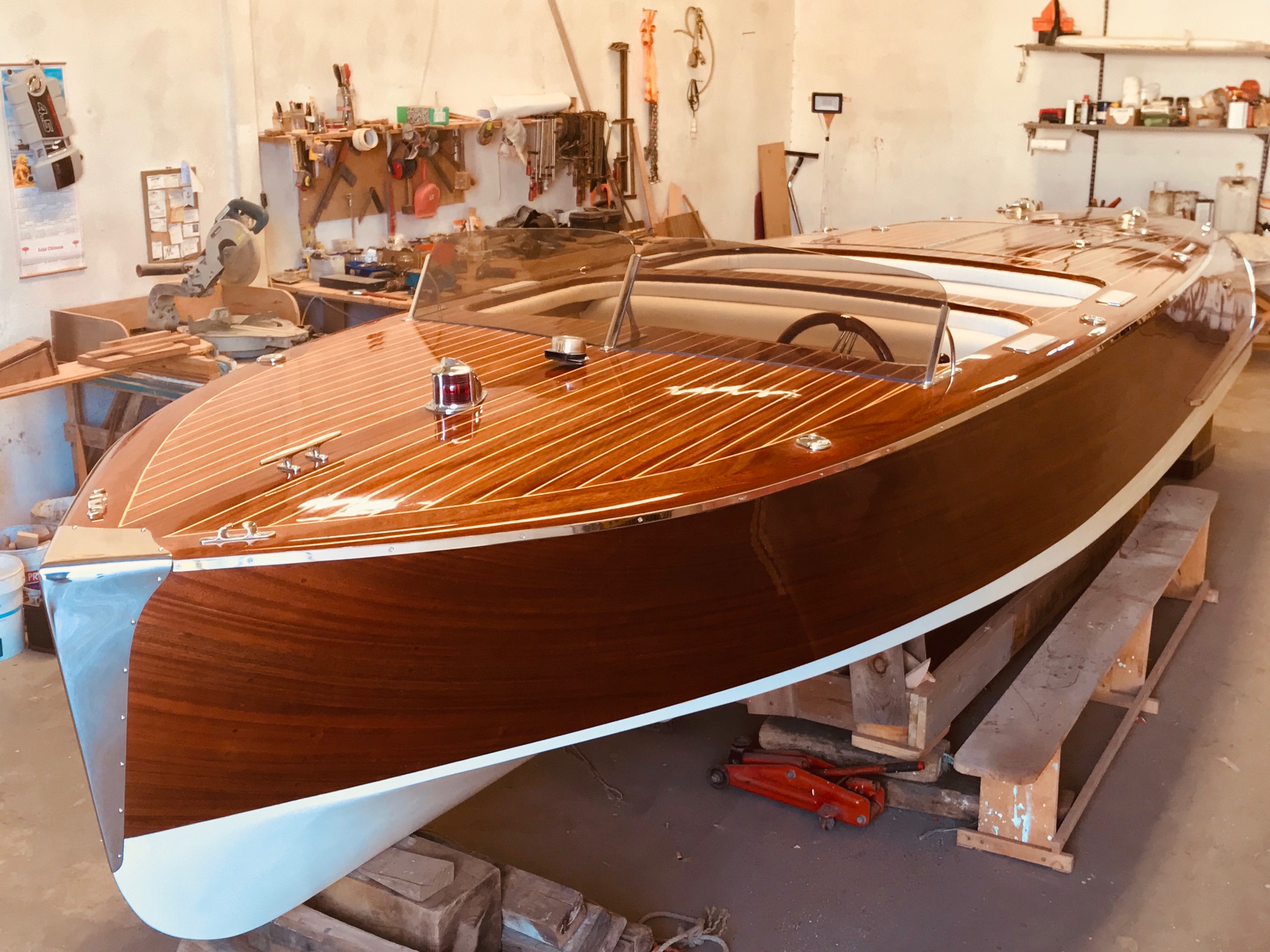How to Build a Wooden Boat with Custom Features Using Blueprints

Beyond the Blueprint: Unveiling Hidden Potential in Wooden Boat Building
Building a wooden boat is a journey â€" a testament to craftsmanship, patience, and a deep connection with the natural world. While countless resources detail the *how* of boat construction using blueprints, we often overlook the nuanced *why* and the untapped potential hidden within the process. This article delves into those often-overlooked aspects, offering fresh perspectives for hobbyists, professionals, and educators alike.
The Blueprint as a Starting Point, Not a Destination
Blueprints are essential, providing the skeletal structure of your vessel. But what happens when you want to deviate? This is where the real craftsmanship begins.
Q: How can I personalize a blueprint without compromising structural integrity?
A: This is where understanding boat design principles becomes crucial. Instead of drastically altering the hull shape (risking instability), focus on custom features. Think about incorporating alternative decking materials (like sustainably sourced bamboo instead of traditional teak), adding unique seating arrangements based on your intended use, or integrating innovative storage solutions. Consult naval architecture resources (e.g., publications from the Society of Naval Architects and Marine Engineers) to understand the implications of any changes you make. Software like Rhino and Autocad can assist in visualizing alterations before implementation. The key is incremental changes, rigorously assessed for their impact on the boat's stability and performance.
Q: What are some underutilized, sustainable materials I can use?
A: Recent research highlights the growing use of sustainable materials in boatbuilding. Beyond bamboo, consider responsibly sourced hardwoods like reclaimed lumber (reducing environmental impact and offering unique character) or exploring composite materials with bio-based resins (reducing reliance on petroleum-based products). Websites like the Green Building Advisor offer insightful articles on sustainable building materials and their applications. Always ensure the chosen material meets the necessary strength and water resistance requirements for marine environments.
Beyond the Wood: Integrating Modern Technology
Wooden boatbuilding isn't solely about traditional methods. Integrating modern technology can enhance both the building process and the final product.
Story: The Laser-Cut Compass Rose
A friend of mine, a skilled woodworker, used a laser cutter to create an intricately designed compass rose for his sailboat's deck. This added a level of precision and artistry impossible to achieve through purely hand-carved methods. The laser cutter's accuracy ensured a perfect fit, while the design was far more complex than what would be feasible manually. This simple example shows the power of merging tradition with modern precision.
Q: How can digital tools improve efficiency and accuracy?
A: CNC routers offer unprecedented accuracy in shaping parts, reducing labor and improving consistency. 3D modeling software allows for intricate design visualization and ensures a perfect fit between components. Digital plans and collaboration tools streamline the process, even fostering remote collaboration among builders. Exploring online forums and communities dedicated to boatbuilding can connect you with experts and share best practices in using these technologies.
Educational Opportunities and Community Building
Wooden boatbuilding transcends the hobby; it's a rich educational experience and a potent catalyst for community building.
Q: How can educational institutions leverage boat building for STEM education?
A: Boat building offers a practical, hands-on approach to teaching STEM principles. Students can learn about hydrostatics, material science, geometry, and engineering design through a real-world project. Integrating projects like this into curriculum promotes problem-solving skills, teamwork, and the appreciation of craftsmanship. Consider partnering with local boatyards or skilled artisans to offer mentorship opportunities. Educational resources from organizations like the National Maritime Historical Society can support curriculum development.
Q: How can community workshops foster collaboration and skill-sharing?
A: Establishing community workshops fosters collaboration and skill-sharing amongst boatbuilding enthusiasts. This creates a learning environment where beginners can learn from experts, promoting the preservation of traditional techniques while embracing innovative approaches. These collaborative spaces can create a sense of community, fostering friendships, and preserving a valuable craft for future generations. Local woodworking guilds or community centers often provide spaces or resources for such initiatives.
In conclusion, while blueprints are the foundation, the true artistry of wooden boat building lies in pushing boundaries, integrating new technologies, and fostering community. By embracing innovation while respecting tradition, we can unlock the untold potential within this timeless craft.



